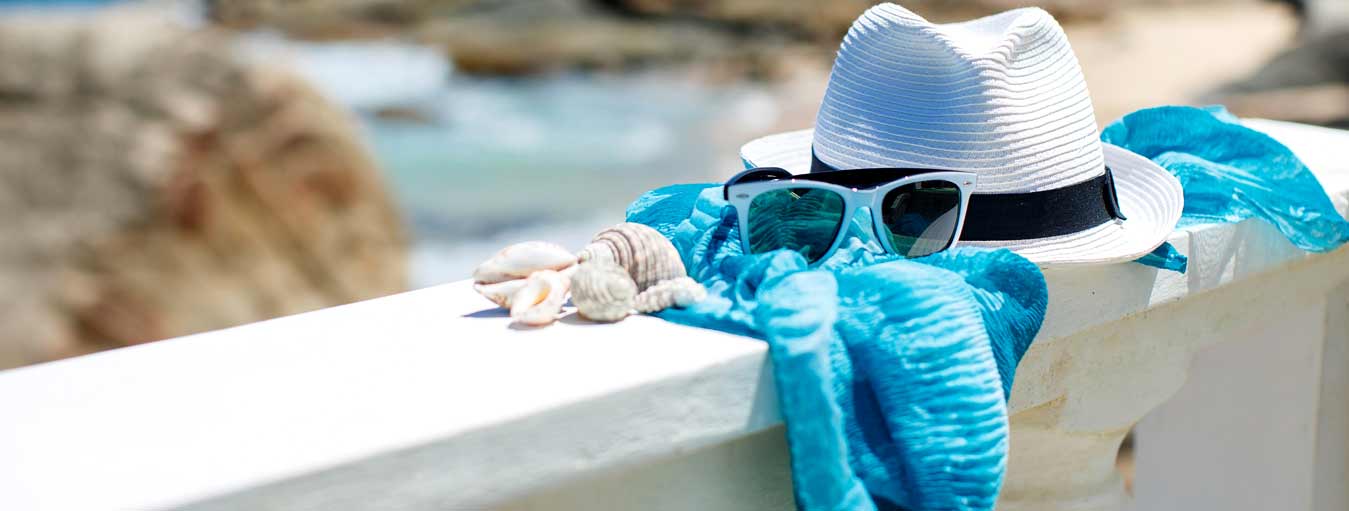Blog
-

University of Alabama Hosts ‘Droids and Drones’ Program for Deaf and Hard-of-Hearing Children
 26 Jun , 2017
26 Jun , 2017
University of Alabama Hosts ‘Droids and Drones’ Program for Deaf and Hard-of-Hearing Children
The University of Alabama in Huntsville (UAH) hosted 27 deaf and hard-of-hearing high school students at “Droids and Drones,” a free summer program UAH is hosting at the Conference Training Center offered through the Rochester Institute of Technology National Technical Institute for the Deaf (RIT-NTID), UAH announced.
The program, supported by UAH’s Systems Management and Production (SMAP) Center, helps students explore a range of career options and opportunities in unmanned aerial vehicle (UAV) and robotic technology. The information also can help them select a major as they begin to look at colleges.
“RIT, Alabama Institute for the Deaf and Blind (AIDB), UAH, and SMAP are all working together to make it happen,” said Steven Forney, a research associate at SMAP who has been working closely with the high school students as an instructor for 3-D printing and drone technology, and who is also deaf.
“Campers are introduced to the 3-D printing and drone technologies, learning about various of careers in UAV/robotics and discovering what types of careers fit their interests as well as participating in hands-on demonstrations in robotic engineering, drone technology, and aviation physics,” Forney said.
Campers are also learning to build and fly their own 3-D printed drone using a Raspberry Pi-based laptop called Pi-Top, Forney said in the announcement, as well as taking the opportunity to tour the US Space & Rocket Center. Mark Sommer, RIT-NTID senior director of outreach, heads the program.
“They are taking their own Pi-Top laptops and 3D-printed mini-drone with them when the event is over,” Forney said. “And this brings their knowledge of STEM careers closer to home. They will even be able to educate other deaf and hard-of-hearing students about STEM careers.”
Being involved with the program has its high points, Forney said.
“The most amazing moment was watching all 27 students try to fly their own mini-drone indoors for the first time,” said Forney. “Within less than a hour after they tried to fly, they all had mastered flying the drone. They all are gifted.”
Source: UAH
Image credit: Printezis | Dreamstime.com





























































































































































































































































































































































































































































































































































































